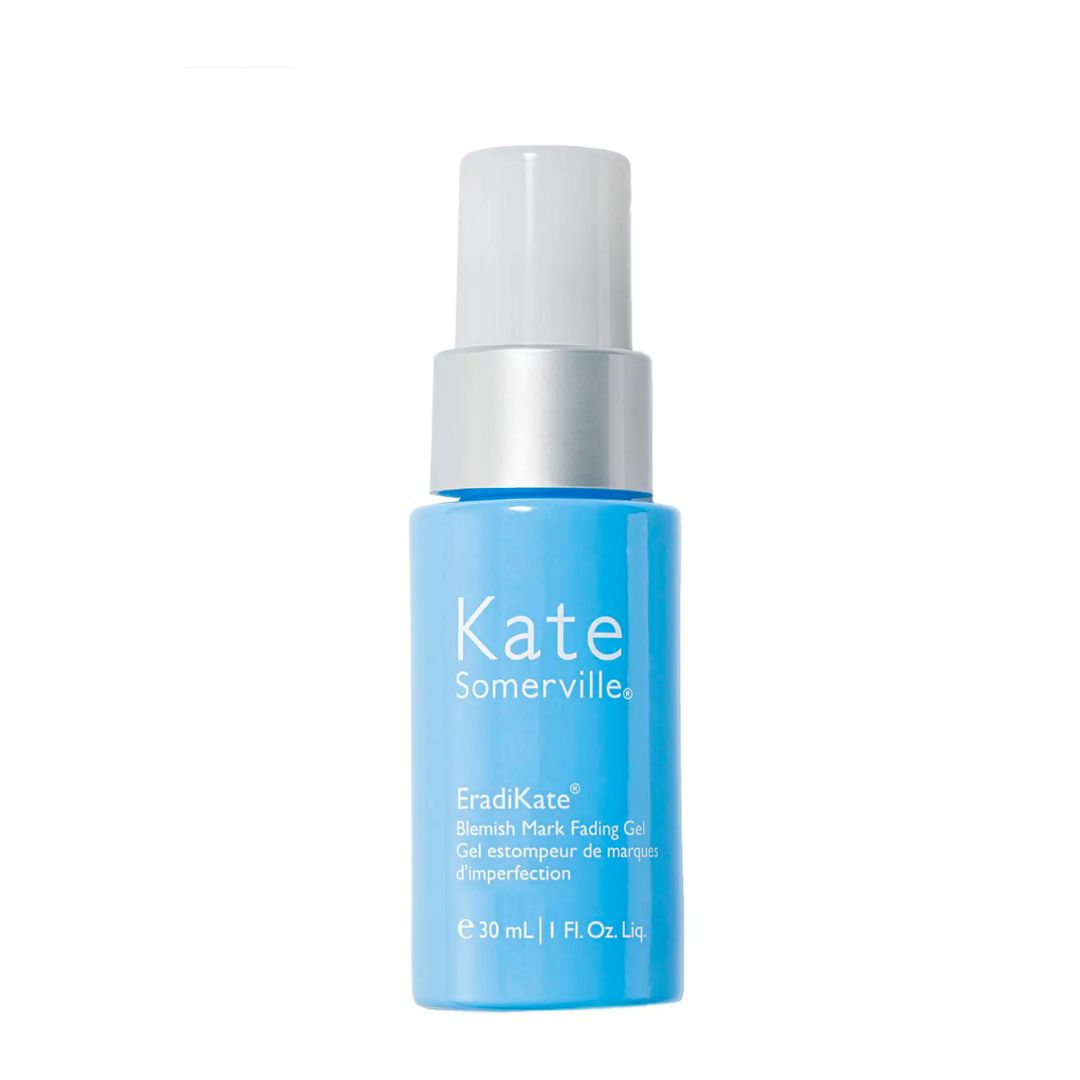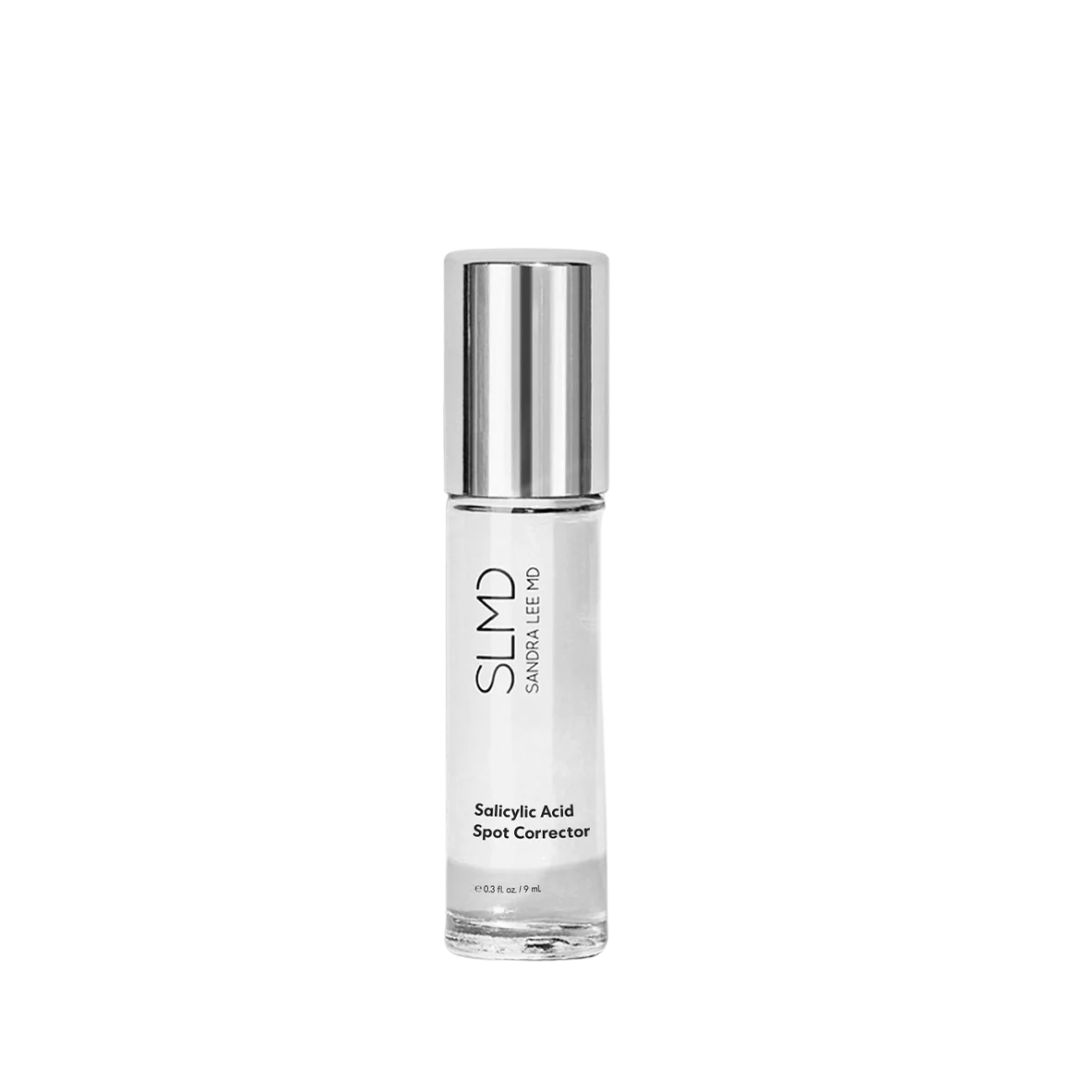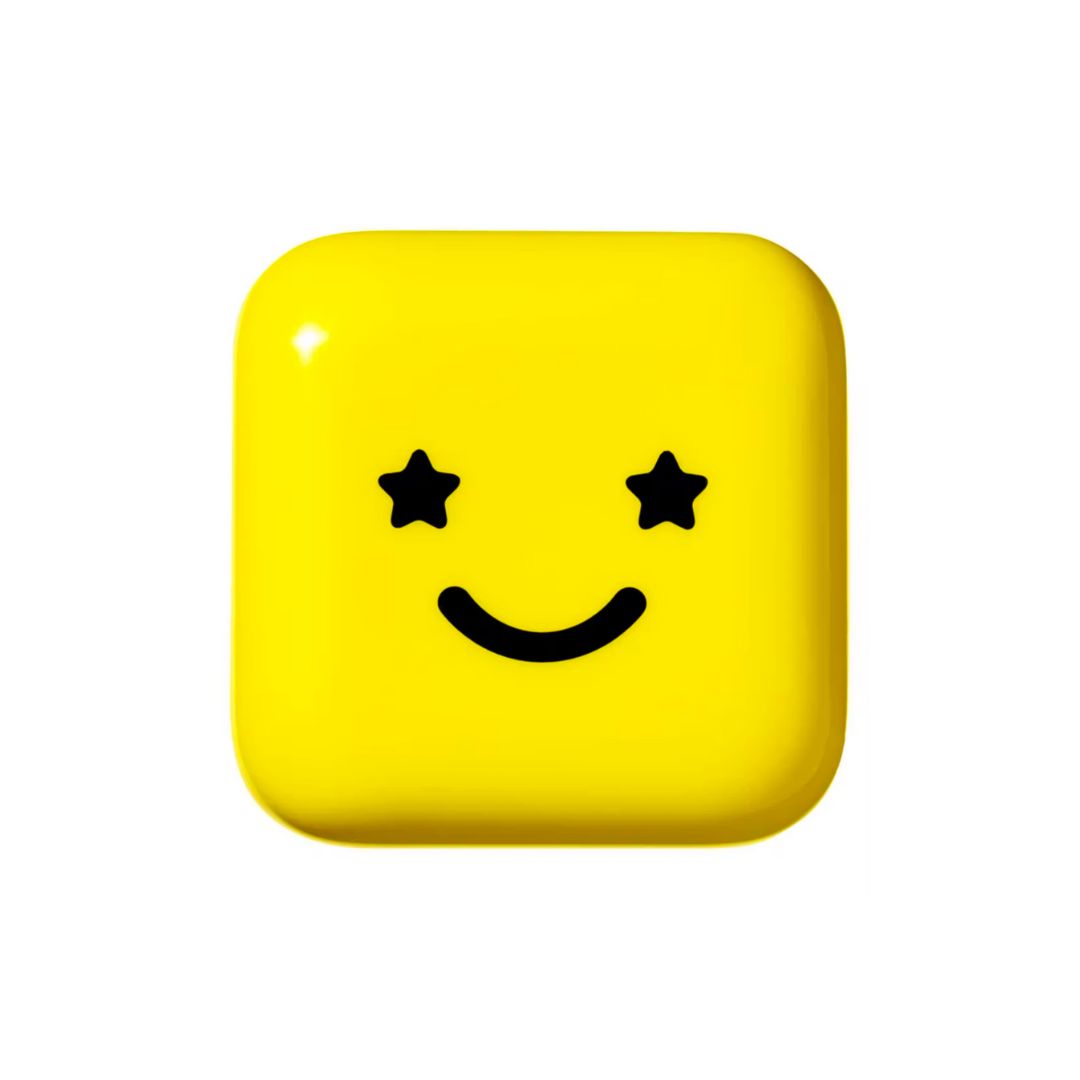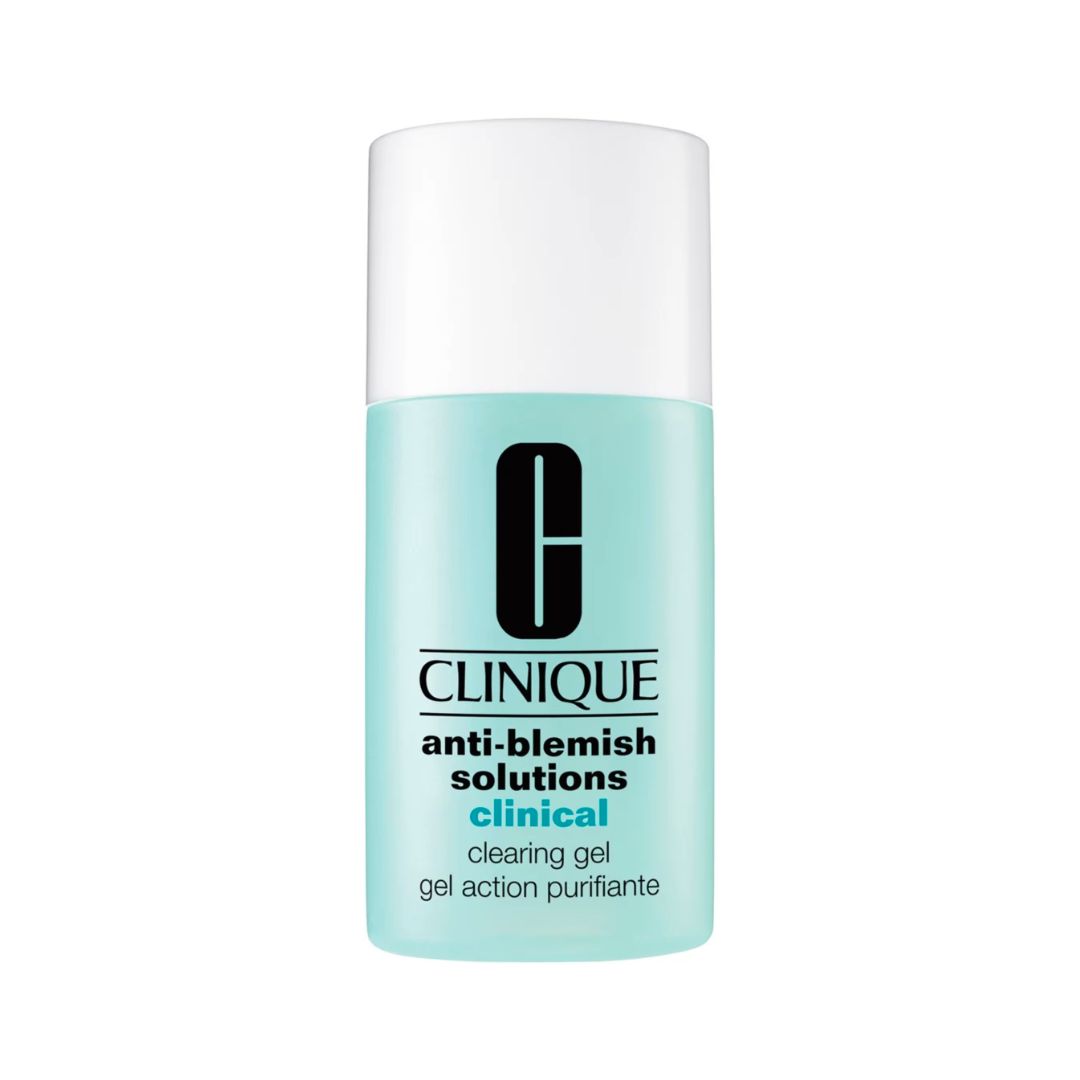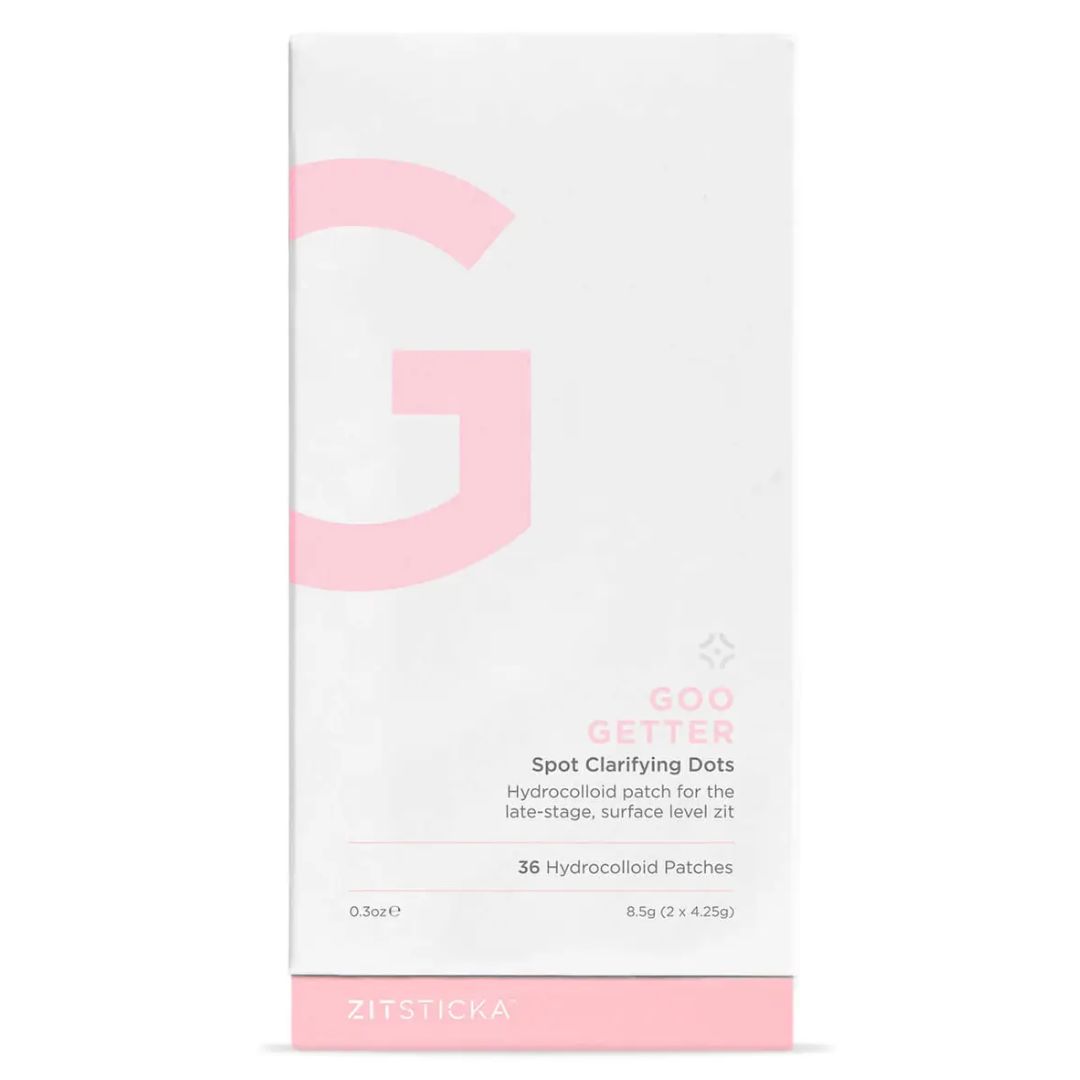Dr Pimple Popper's expert guide on how to pop a pimple properly
Because if you're going to do it, you need to do it right.
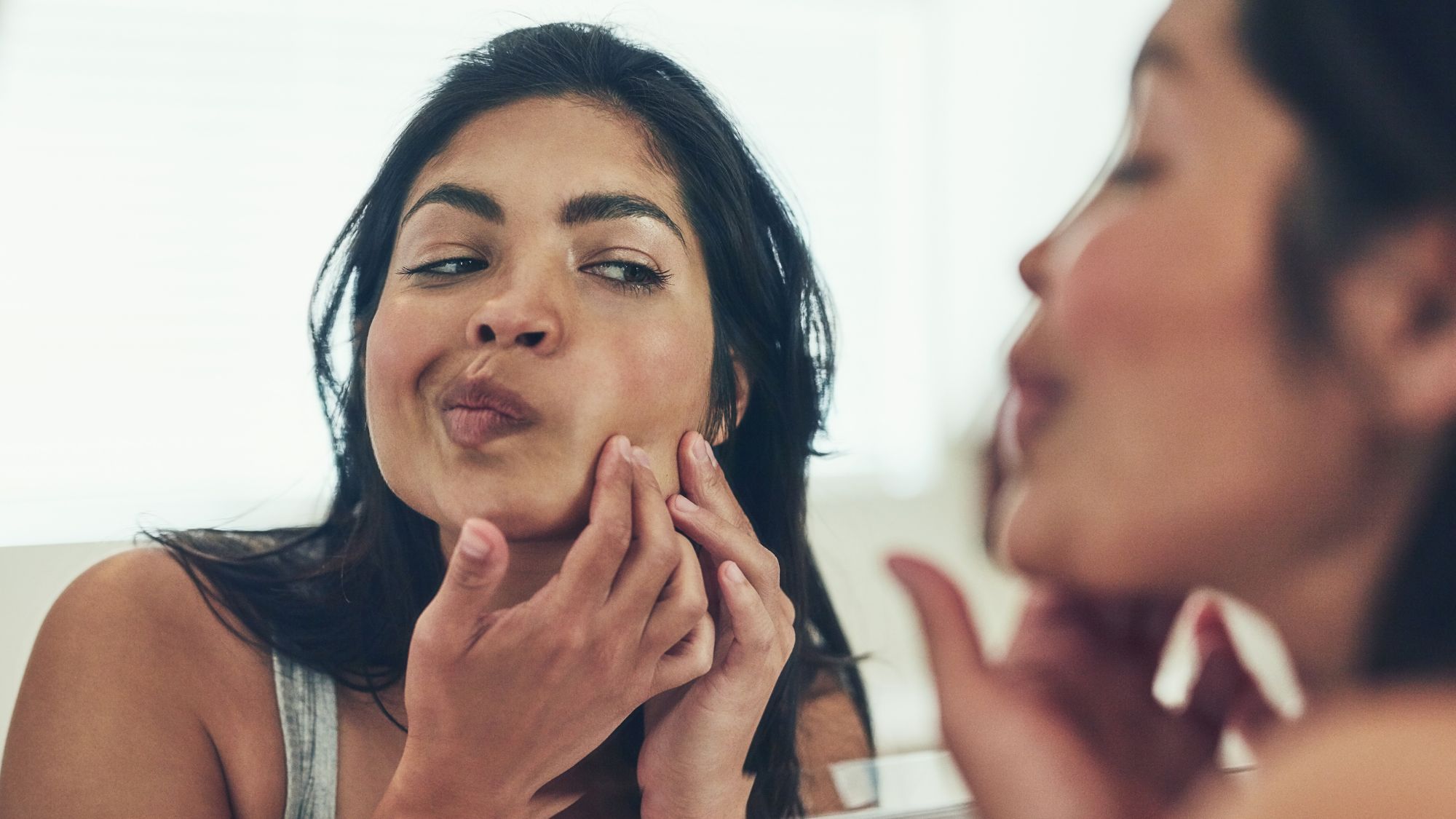

If you have acne, you'll know all too well that dermatologists and skin experts say not to pop your spots (that's why we're always looking for the best acne treatments and best spot treatments). But how many of us actually adhere to this advice? Most of us can't quite resist the temptation (although an acne patch might help). If you're honest with yourself, there's likely to have been more than one occasion where you've popped a pimple at home. But if we're going to do it, we should know how to pop a pimple the right way.
There are a few things you should know before you pinch your fingers over that blemish. This is why we sat down with board-certified dermatologist, Dr Sandra Lee, a.k.a the famous Dr Pimple Popper, to find out what her expert advice is on exactly how to pimple pop at home, safely.
Her Instagram, YouTube channel and TikTok are a veritable feast of all types of acne and spot popping - from blackheads to whiteheads and cysts. There is truly no one better equipped to teach us how to pimple pop.
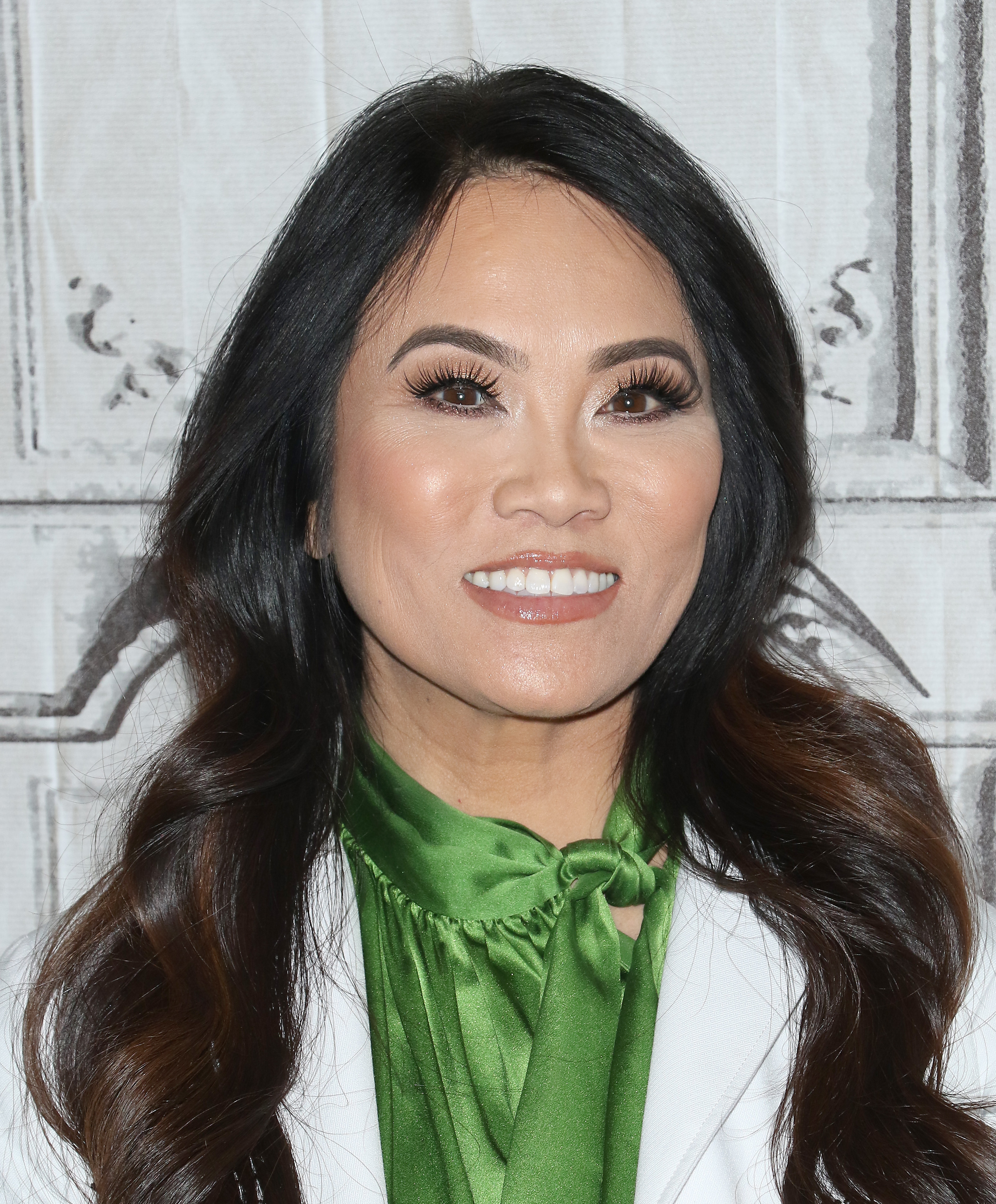
When board-certified dermatologist, skin cancer surgeon and cosmetic surgeon, Dr Sandra Lee, started an Instagram page back in 2015 dedicated to showing her day-to-day life as a dermatologist, it didn't take long for her now-famous spot-popping videos to take off. With over 7 million subscribers on YouTube and nearly 4.5 million followers on Instagram, Dr Lee is now widely regarded to be one of the most highly respected acne (and pimple popping) experts in the world.
Keep scrolling for everything you need to know about how to pop a pimple without causing your skin long-term damage. And when you're done here, be sure to brush up on the best skincare routine for acne to avoid having to pop in the future.
What's the golden rule for how to pop a pimple at home?
"Let me start off by saying, that I don’t recommend that you pop your own pimples. However, I know that most of you won’t follow this recommendation. So I instead insist, 'Know when to POP, and know when to STOP.' If you really MUST, you shouldn’t pop anything on your face unless it has come to a white/yellow 'head.' If the pimple has a head, at that point it is the easiest to extract, with the least risk of scarring, because the bump is very superficial to the surface of the skin."
How to pop a pimple in six steps by Dr Pimple Popper
- Sterilise the area and be sure to have clean tools, hands, and environment.
- You’ll want to make sure you wash your face before with warm water, or better yet, take a steamy shower, to really open up the pores.
- Use your fingers or a comedone extractor as I most often use in my videos, to place pressure on the skin immediately surrounding the whitehead, to push the contents out. If using fingers, increase traction by wrapping clean tissue paper around the fingers applying pressure.
- A whitehead should come out pretty easily if it is ready, but if the pimple is not popping, there’s definitely a time to give up because forcing it and continually pushing and squeezing will only irritate your skin and cause increased swelling, redness, and pain, and certainly increase your risk for local infection and scarring.
- To finish I would recommend applying a topical corticosteroid and /or a topical acne spot treatment that likely contains benzoyl peroxide or an antibiotic, cool compresses if desired, or just try to leave the area alone.
- See a dermatologist or a skincare professional to help you get these extracted. In short, Know when to POP and know when to stop!
What is in a spot? And why does the pus manifest?
"Pus is composed of skin cells, bacteria, and inflammatory cells which are sent there by your immune system to fight off this localised bacterial infection in the skin.
"It's also a protein-rich fluid called liquor puris that is usually whitish-yellow, yellow, or sometimes a little yellow-brown in colour."
What should you do once you’ve squeezed a spot? Should you dab with tissue, or leave it to dry?
"Clean the area with alcohol and leave the area alone, don’t keep squeezing it. You may want to apply a cool compress to help minimise the redness and irritation or use an over the counter topical steroid to minimise redness and inflammation. Usually, you know that a pimple has been completely drained if no more pus can be expressed, so if you see a little blood, stop squeezing.
"Once a pimple has been popped, be sure to keep the area clean and let it heal properly to avoid scarring. It will sting a little, but you can disinfect the area with rubbing alcohol after popping."
What is the clear liquid/fluid that comes out of a pimple?
"Clear fluid is just oedema – fluid that accumulates in the area due to redness and swelling. It is not pus, and it is not an infection."
What should I be aware of when I pimple pop?
"If you have a red pimple that hurts to touch, and is deep under the skin, it’s pretty impossible to pop it at that point. Usually, if the pimple doesn’t have a head yet and is still under the skin, trying to extract it can not only be very painful, but you can cause irritation and even infection that will make it harder for the pimple to heal. Worse yet, if you really traumatise the skin, you risk scarring and that is likely permanent."
What's the difference between a cyst and a pimple?
"It depends on what type of cyst we’re talking about. There is the cystic form of acne, which is a more severe form of acne vulgaris, and this type of acne creates deeper, larger, more painful pimples under the skin that have a higher potential for scarring.
"The cysts that you see me remove on my YouTube channel, are more commonly other kinds of cysts, such as epidermoid cysts, pilar cysts or steatocystomas. There are many types of cysts, and these are very different from pimples, and each other."
How do I pop a cyst?
"Cysts, in general, should not be squeezed because squeezing won’t resolve them, and in fact, can really cause many problems, like inflammation, infection and scarring. Cysts should be evaluated by your physician and you may likely need a surgeon to remove them entirely."
Why do you get clusters of pimples in certain places?
"Pimples tend to occur in oily areas of the skin, which is why we commonly see breakouts in the 'T-zone'. Also, hormones can trigger breakouts in certain areas, which is why (for example) people with Polycystic Ovarian Syndrome who have increased hormone levels (androgens), get more breakouts in the 'beard distribution' of the face."
Why do spots come back in the same place?
"The pimple likely never completely resolved. When we have changes in hormone levels on a monthly basis, an increase in hormones can trigger increased oil production, increased risk of bacterial infection, and re-irritation of that pimple again.
"Sometimes these reoccurring pimples are cystic and come back because they never form a head to be extracted. The pore is clogged under the surface of your skin and can enlarge and appear on the surface of your skin when your body is producing more oil."
What can you do about under the surface pimples? How can you treat them at home?
"Pustules and inflammatory papules are white bumps with a red base, and they can often be painful to touch. When you have a pustule this means there are purulent contents inside, meaning localised infection… bacteria is involved and has a hand in creating this type of bump.
"To treat them at home, always be sure to follow directions on the product or as directed by your dermatologist. It’s important to pay attention to your skin and if you notice drying or irritation, reduce how often you are using the product.
"You can use acne products to treat current breakouts AND prevent future breakouts, so it’s usually OK to continue using them even after a breakout has improved, and some people may opt for a spot treatment if they have specific areas that they are more prone to acne and breakouts."
How do you pop a pimple in your ear?
"I think the question is, rather, how do you NOT pop a blemish in your ear? First and foremost, I suggest trying to refrain from popping. Any area that you squeeze on your skin certainly increases your risk for scarring and infection.
"Plus, you cannot see your ear so how are you going to properly extract any kind of bump? You would have to have quite an extravagant setup of mirrors at different angles to do this with any sense of safety.
"My best advice is if you have a blemish or a growth in your ear that is particularly bothersome to you, please see a dermatologist to have it evaluated."
How do you pop a pimple on your lip?
"Same as above. Sometimes what you think is a blemish on your lip may actually be something else, like a cold sore, aka herpes simplex labialis. If it’s a cluster of blisters and you had a burning or pain sensation in the area days before it popped up, this could be a herpes breakout, and remember a broken blister in this case can be contagious!
"If you suspect you could have a cold sore breakout please get this evaluated by your dermatologist - there are prescription meds that can safely decrease the severity and length of time of this breakout."
How do you pop a pimple that doesn't have an obvious head?
"You cannot pop a blemish that has not come to the surface of the skin successfully. In those moments when you can feel it more than you can see it, is the time that you may want to see your dermatologist. Because they can actually inject a low-potency corticosteroid in the area which can often make the blemish go away within 24 hours.
"I strongly recommend NOT picking at your blemish because this will often lead to it getting bigger. The bigger and angrier it is, the increased risk of infection and/or permanent scarring."
Which products do you recommend applying to a spot that you've already popped and then one that you haven't?
"As many of us know, it’s hard to keep our hands off of active blemishes, so I recommend applying an anti-blemish cream like sulphur lotion or even a plaster to remind you to keep your hands off. To a blemish that has been popped, I recommend applying topical corticosteroid and a cold compress to help minimise redness and discomfort."
Team Marie Claire UK's favourite spot treatments
If you're looking for spot products that will help lend your pimple popping skills a helping hand, luckily we have a team of beauty product experts who are more than qualified to help give you some recommendations. Whether you're looking for a product to help fade post-spot pigmentation and scarring, a drying treatment to take down juiciness or simply an acne patch to stop you from picking, keep scrolling for team Marie Claire UK's go-to spot-squeezing products.
Celebrity news, beauty, fashion advice, and fascinating features, delivered straight to your inbox!
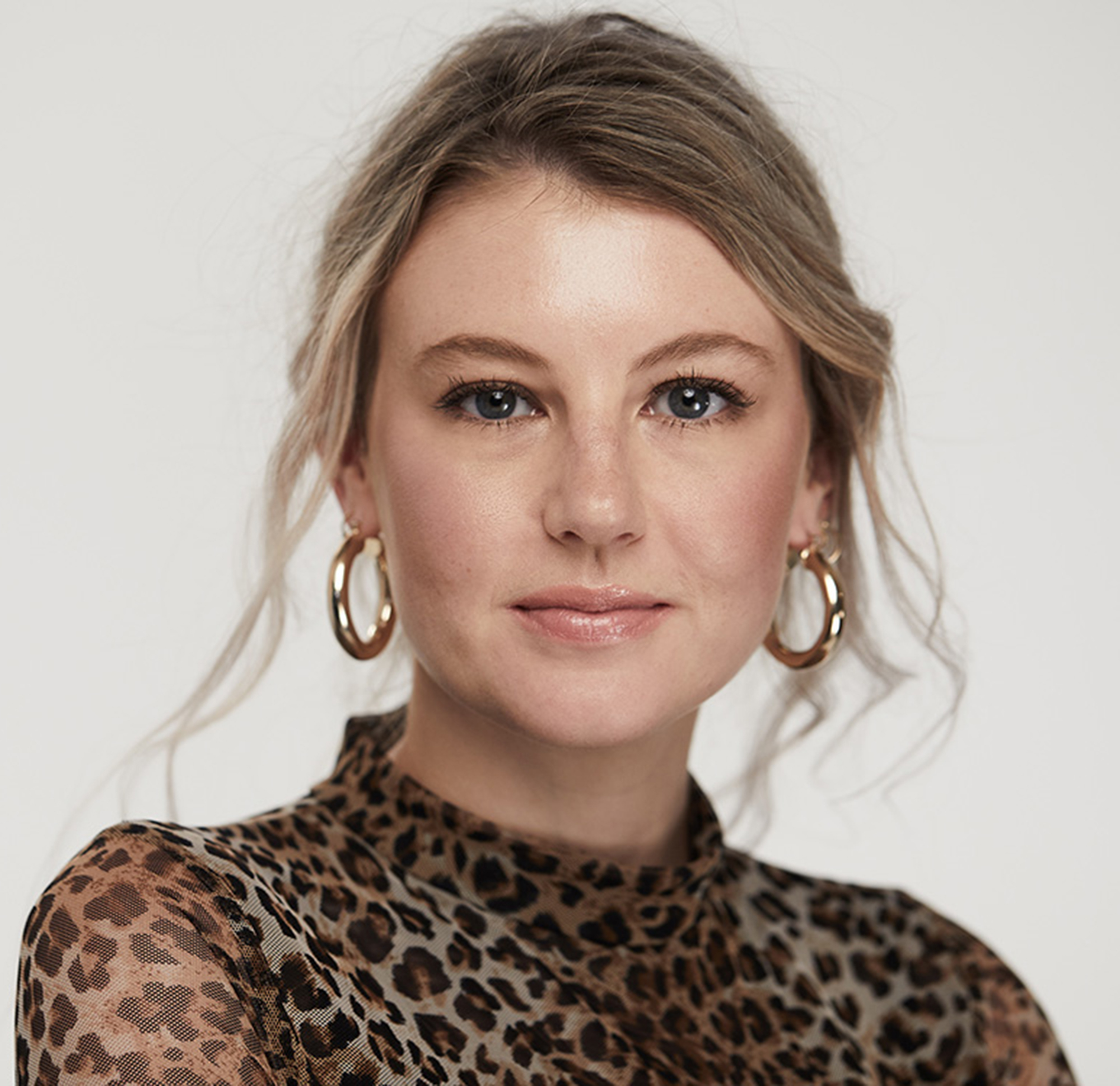
Katie Thomas is the Senior Beauty Editor at Marie Claire UK. With over 10 years of experience on women's luxury lifestyle titles, she covers everything from the best beauty looks from the red carpet and stand out trends from the catwalk, to colonic irrigation and to the best mascaras on the market.
